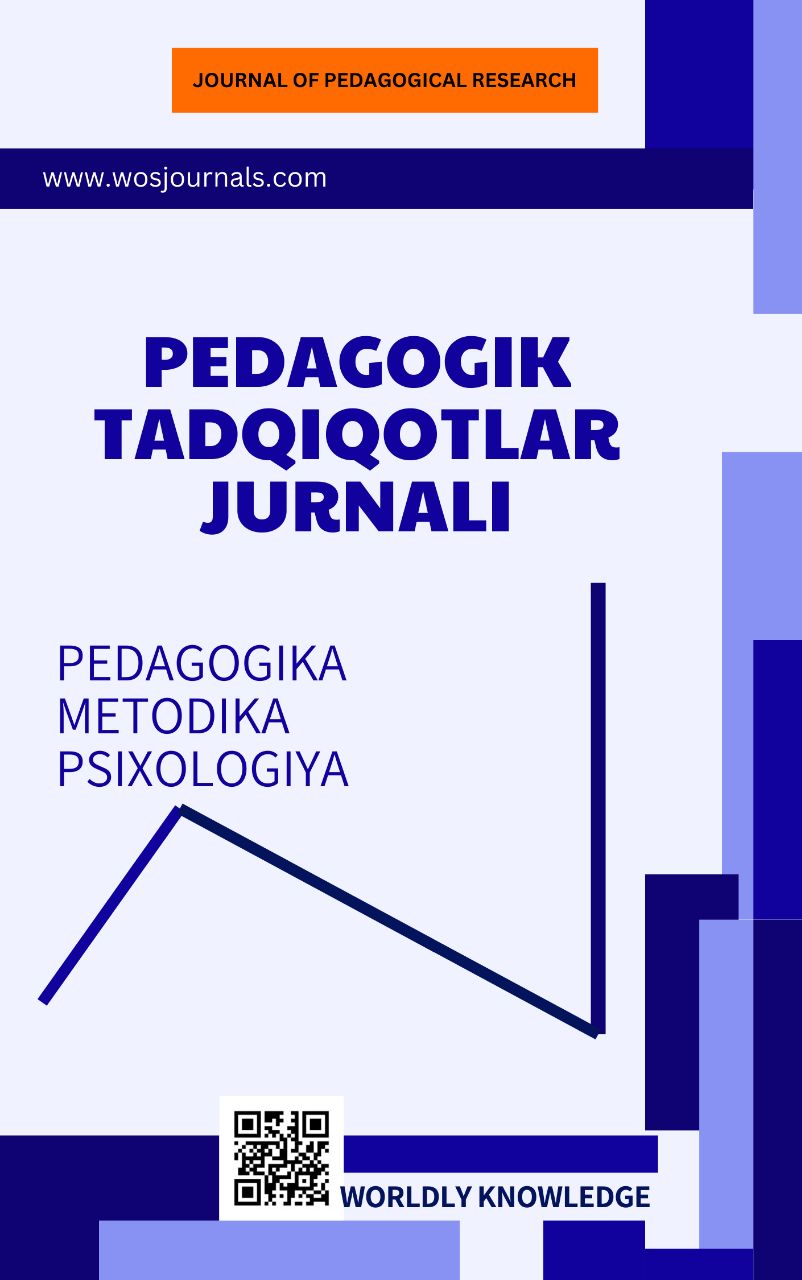ENGLISH ROMANTICISM AND ITS DEVELOPMENT
Keywords:
Romanticism, freedom, literature, genre, emotion, lyric poetryAbstract
Romanticism is not at all associated with what is often considered to be "romantic," even though love is occasionally the theme of romantic artwork. Instead, it is a multinational movement in philosophy and art that has fundamentally changed how people in Western cultures think about themselves and the world. Romanticism rapidly spread throughout Europe and the United States at the end of the 18th century and well into the early 19th, challenging the Enlightenment's inflexible logical ideal. The artists underlined that, in addition to reason and order, sensation and emotions were equally important ways to see and experience the world. Romanticism elevated the individual's inventiveness and intuition in the never-ending pursuit of personal independence and rights.
References
Ashton Nichols, "Roaring Alligators and Burning Tygers: Poetry and
Science from William Bartram to Charles Darwin," Proceedings of the American
Philosophical Society 2005
Barnes, Barbara A. (2006). Global Extremes: Spectacles of Wilderness
Adventure, Endless Frontiers, and American Dreams. Santa Cruz: University of
California Press.
Blechman, Max (1999). Revolutionary Romanticism: A Drunken Boat
Anthology. San Francisco, CA: City Lights Books.
Casey, Christopher (October 30, 2008). ""Grecian Grandeurs and the
Rude Wasting of Old Time": Britain, the Elgin Marbles, and Post-Revolutionary
Hellenism". Foundations. Volume III, Number 1. Archived from the original on May 13, 2009.





